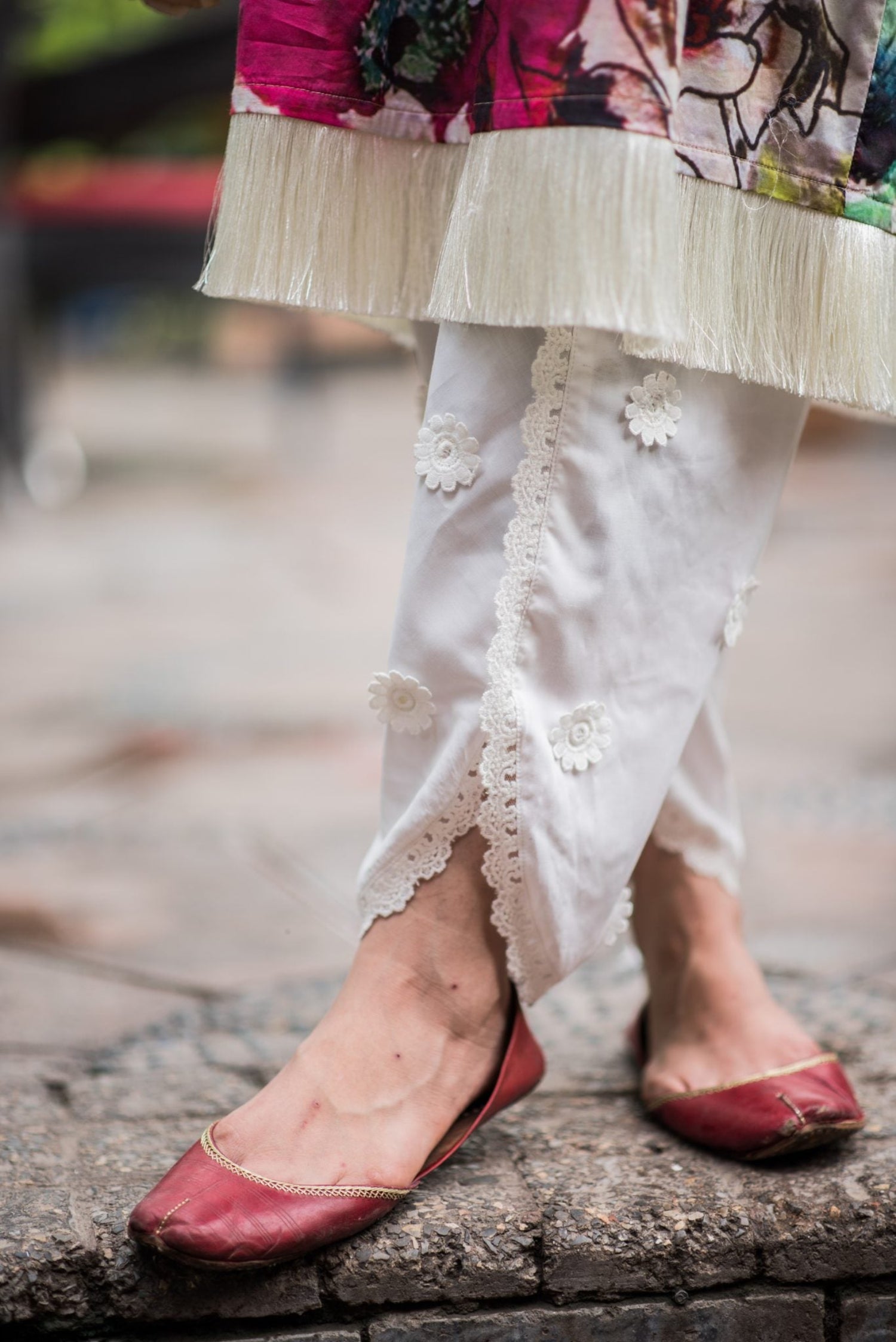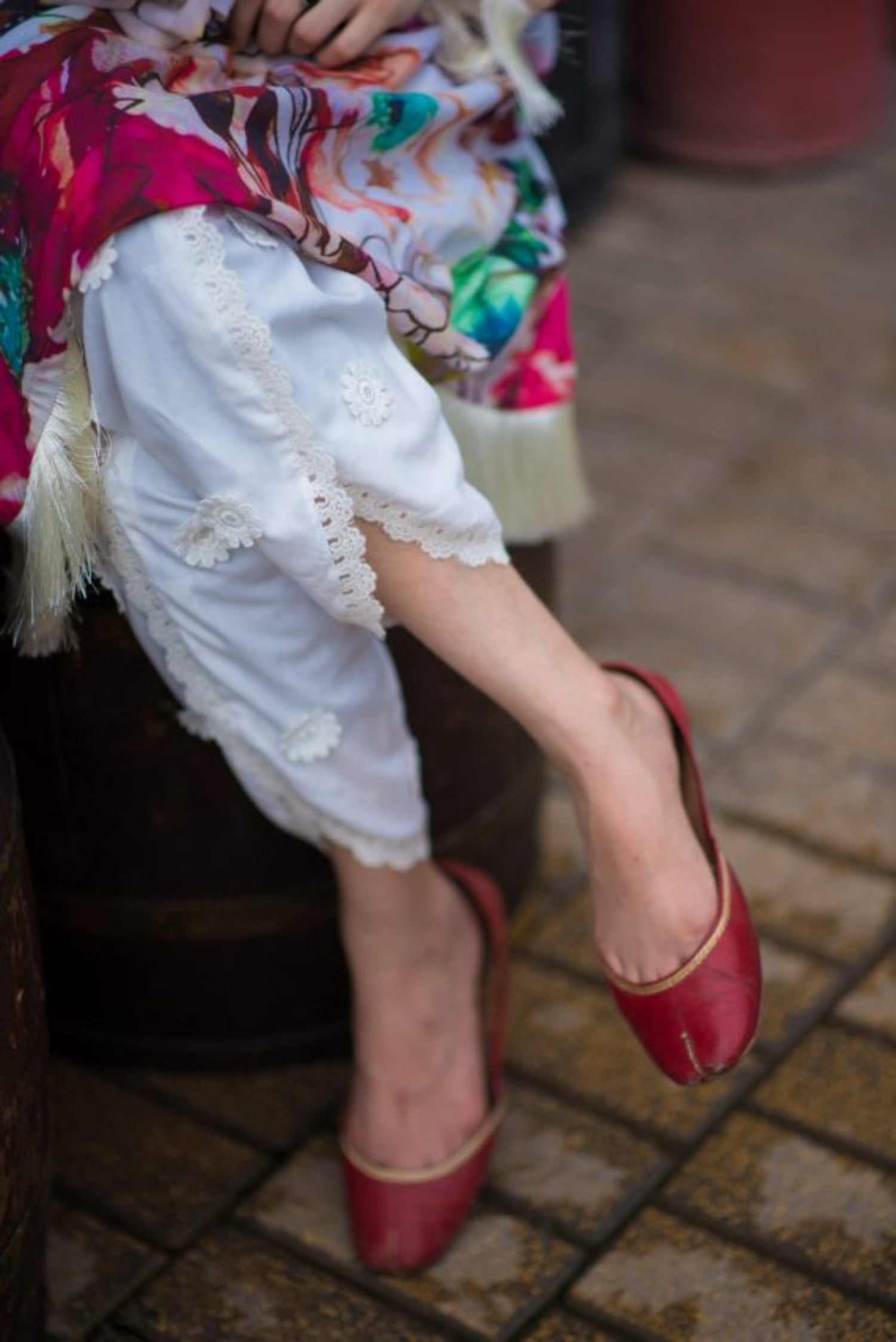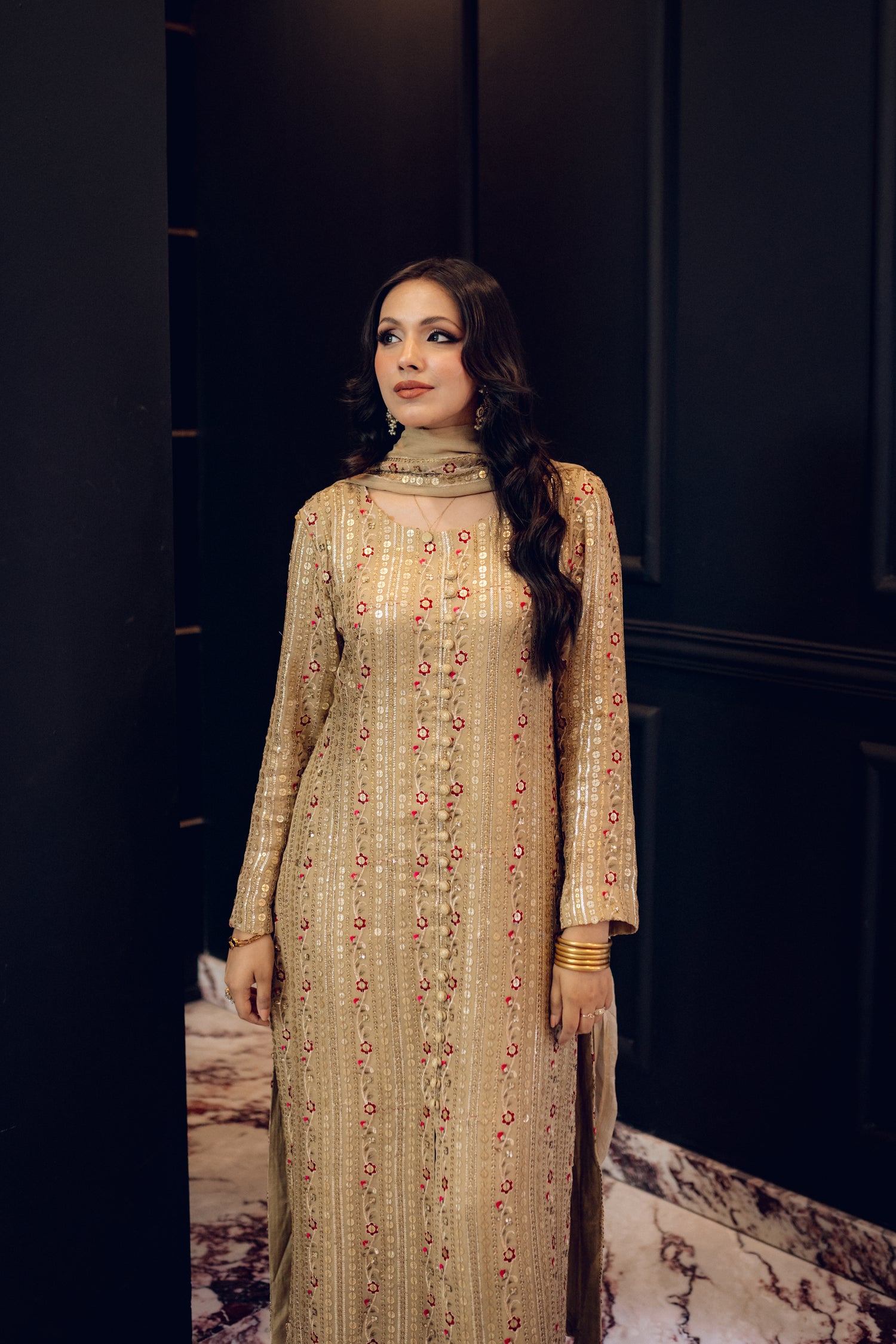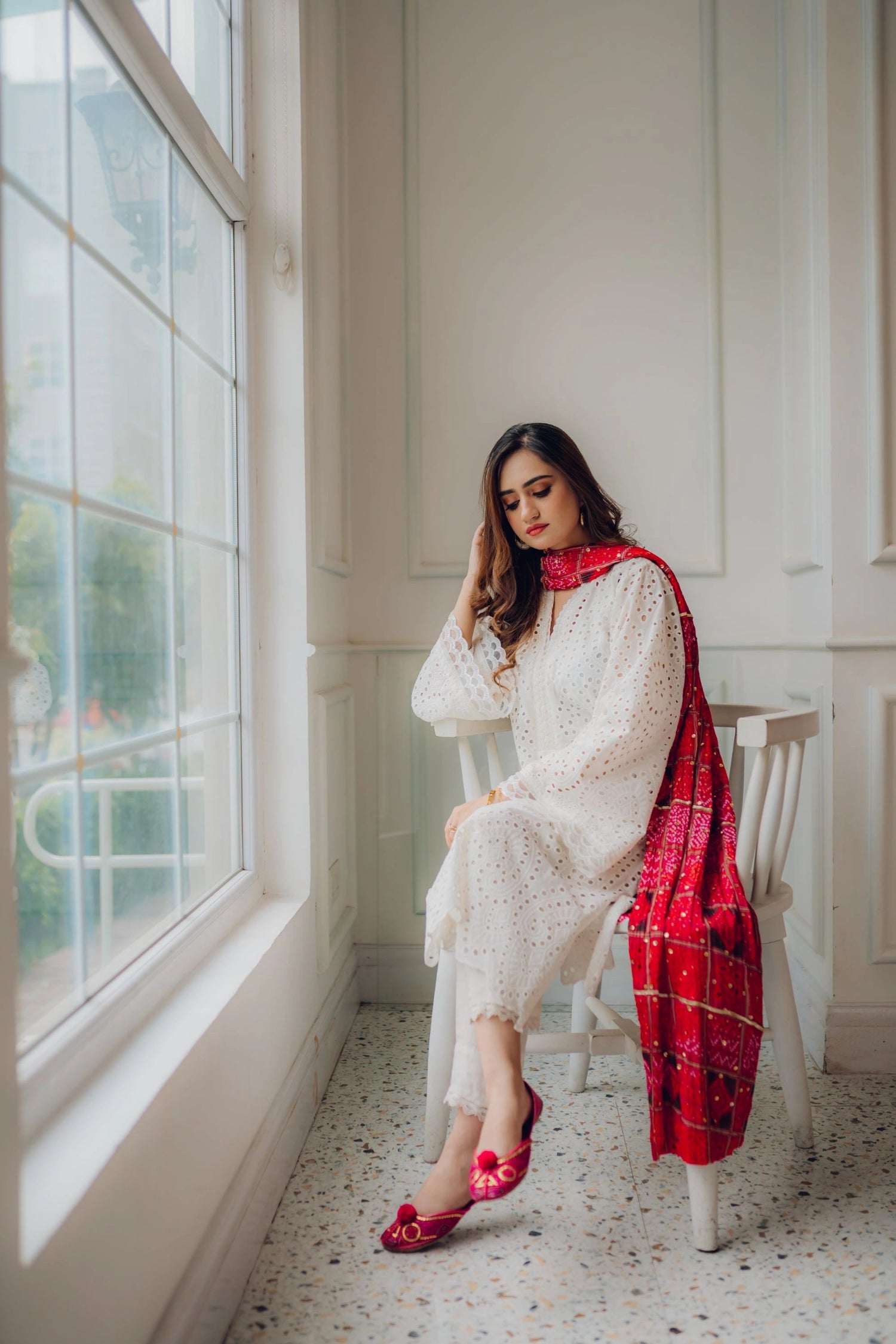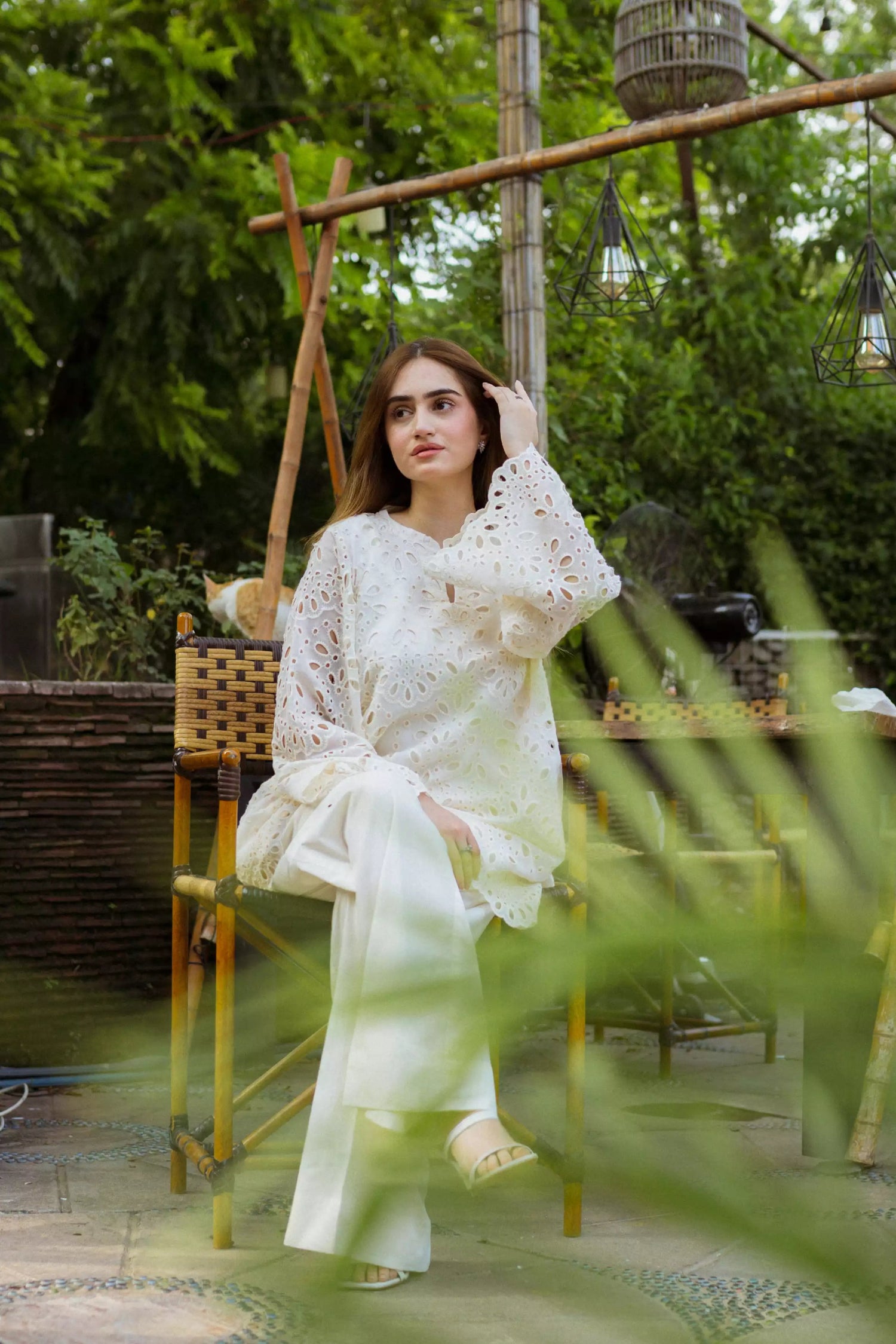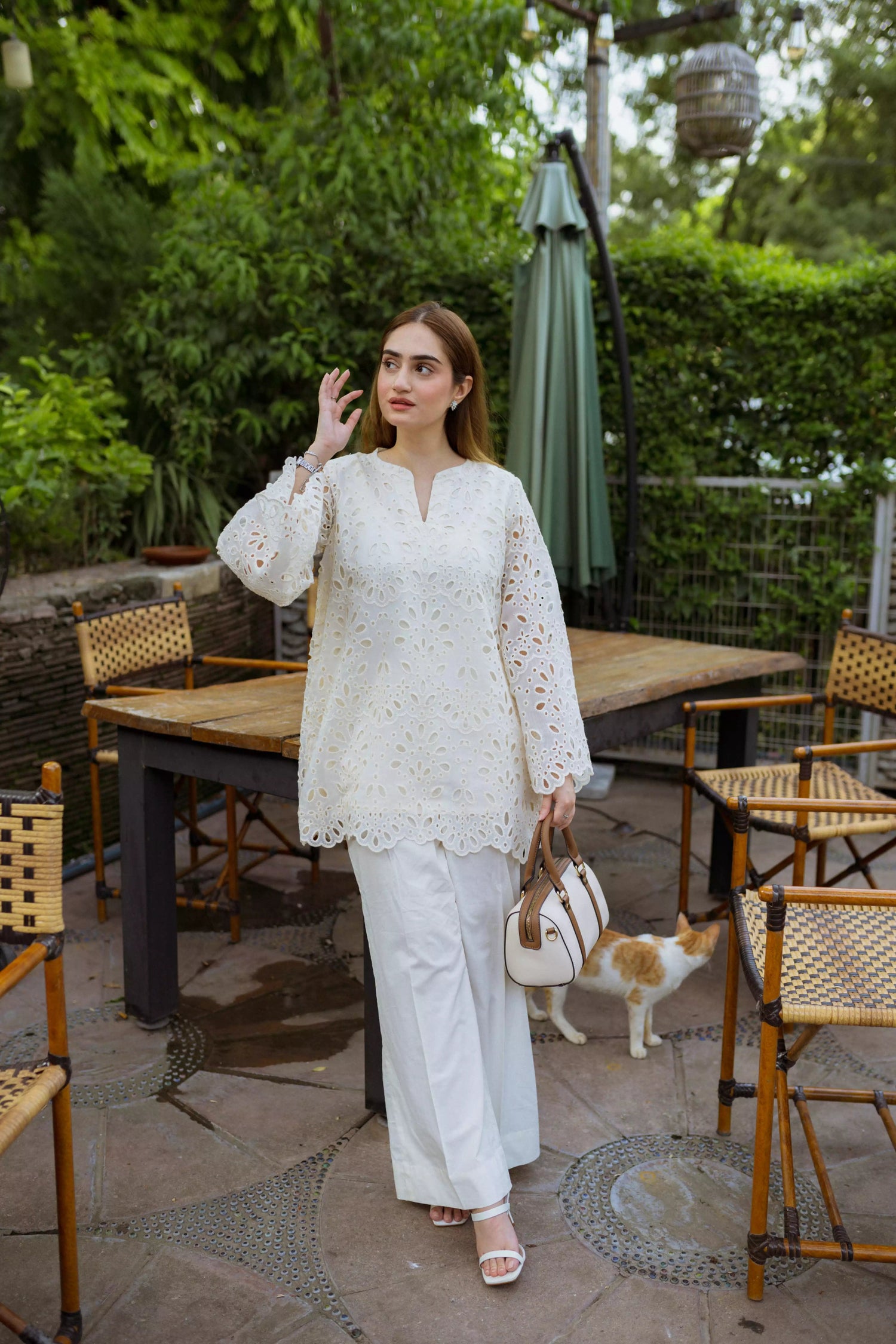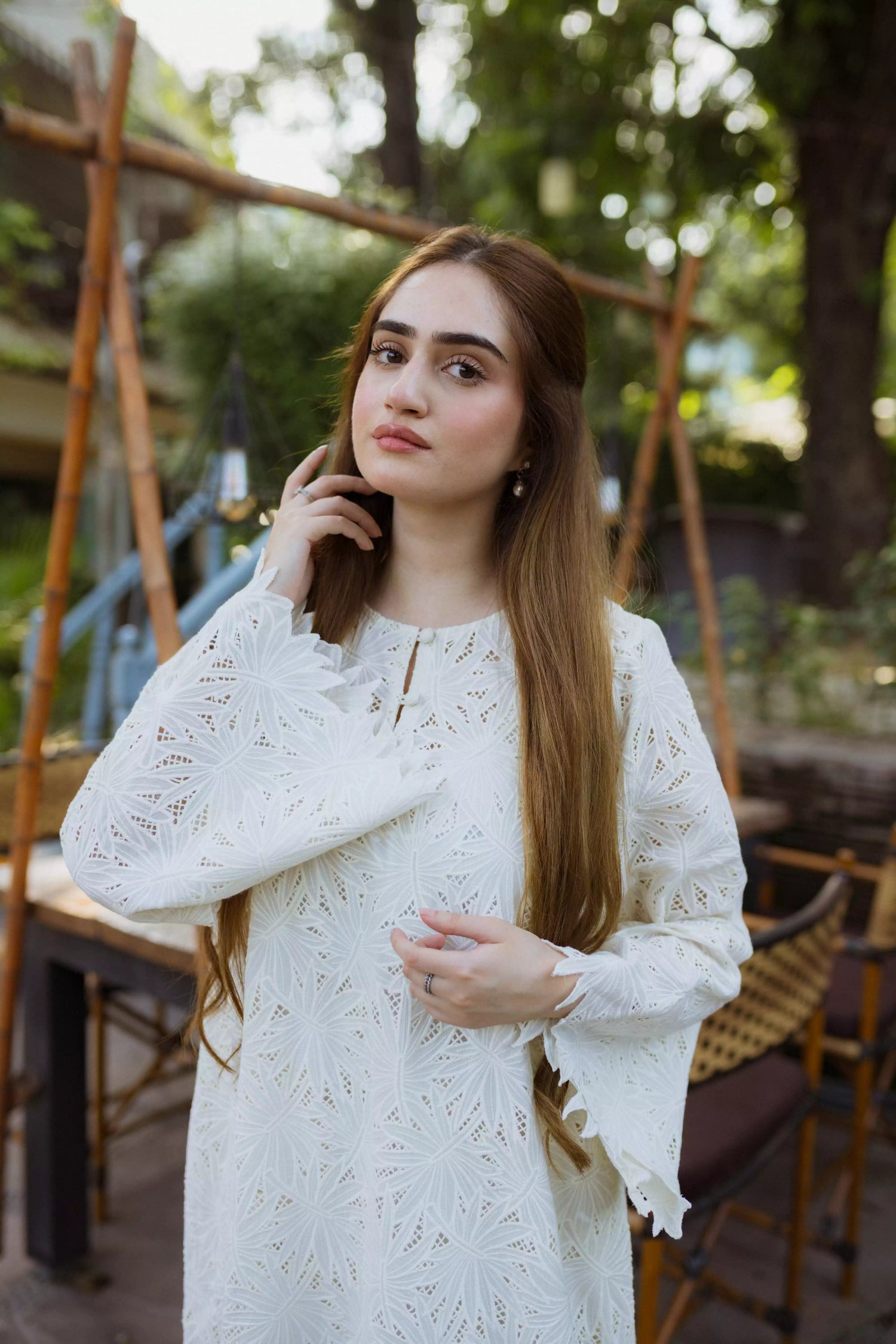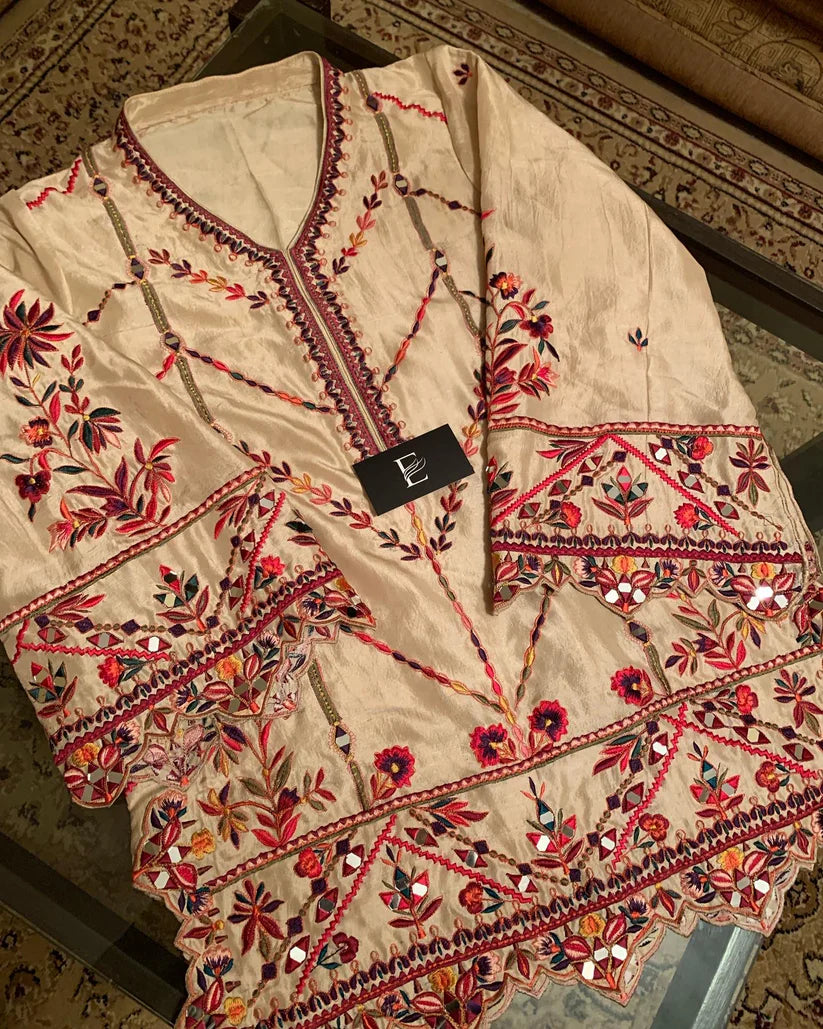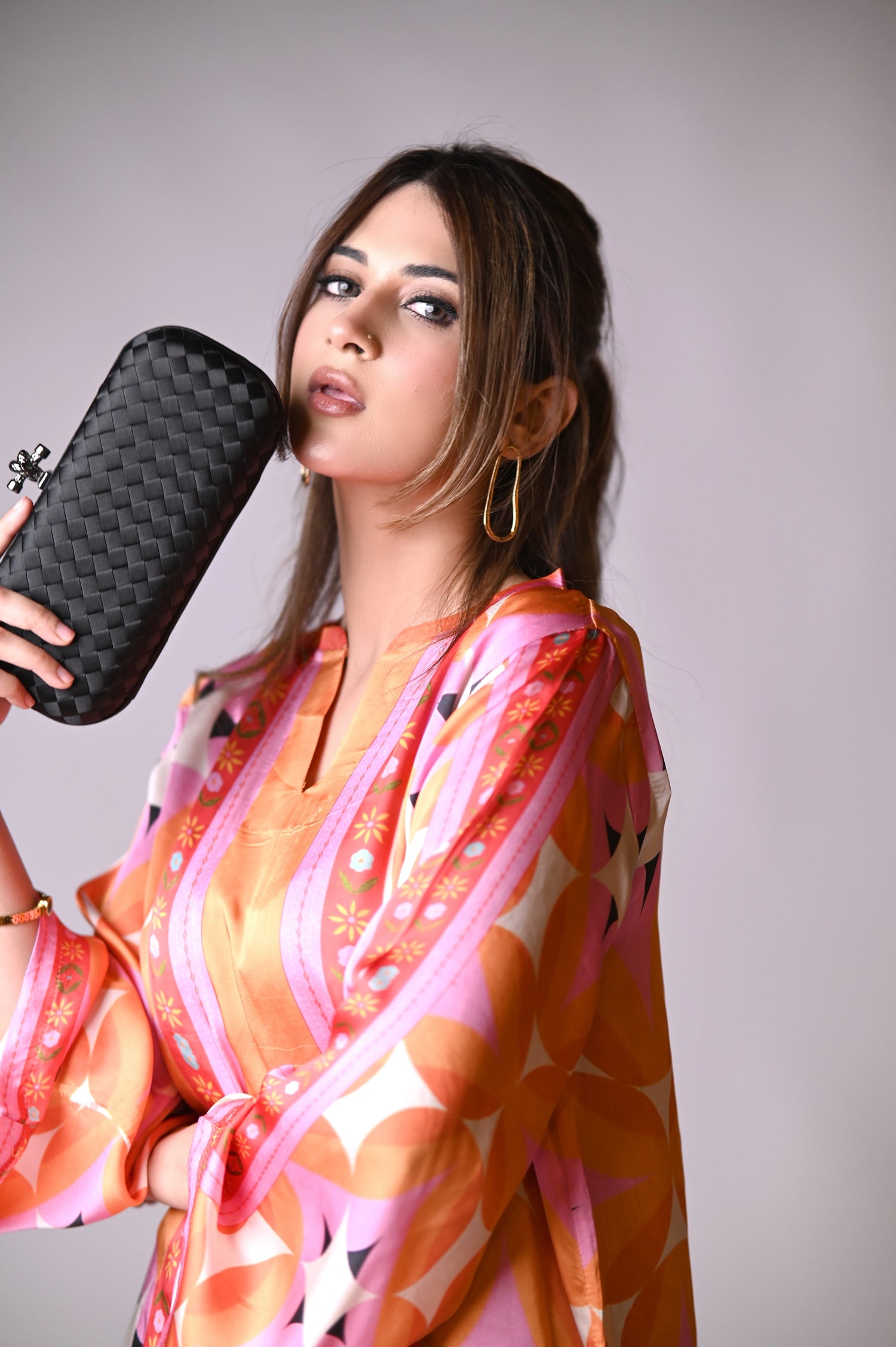Sheesha work, also known as mirror work or shisha embroidery, is a traditional craft that involves attaching pieces of reflective material, such as mirrors or metal pieces, to fabric to create stunning designs. When it comes to choosing fabrics for sheesha work, there is a wide variety to consider. Traditional fabrics like silk, chiffon, and cotton offer a classic base for sheesha work, while modern synthetic blends provide versatility and durability. Each fabric has its own unique qualities that can enhance the overall look of the sheesha work.
Silk is a popular choice for sheesha work due to its luxurious feel and ability to drape elegantly. The smooth texture of silk makes it ideal for intricate mirror work designs that require precision and finesse. Chiffon, on the other hand, is a lightweight and sheer fabric that adds a delicate touch to sheesha work. It creates a soft and ethereal effect, perfect for creating dreamy and romantic designs. Cotton is a versatile fabric that is easy to work with and provides a sturdy base for sheesha work. It is breathable and comfortable to wear, making it suitable for both clothing and home décor projects.

Pros and cons of different fabrics for Sheesha work
Each fabric used for sheesha work has its own set of advantages and disadvantages. Silk, known for its beauty and luxurious appeal, can be expensive and may require special care during washing. However, the final result of sheesha work on silk is often breathtaking, making it worth the investment. Chiffon, while delicate and elegant, can be prone to snagging and tearing due to its lightweight nature. It requires careful handling to prevent damage to the sheesha work. Cotton, on the other hand, is affordable and easy to care for, but it may not offer the same level of sophistication as silk or chiffon.
When choosing the best fabric for sheesha work, consider factors such as the desired look, the level of intricacy in the design, and the intended use of the finished piece. Silk is perfect for formal attire and special occasions, while chiffon works well for lightweight scarves and accessories. Cotton is a practical choice for everyday items like cushion covers and table linens. By weighing the pros and cons of each fabric, you can select the one that best suits your project.
Choosing the best fabric for Sheesha work
Selecting the right fabric for sheesha work is crucial to the success of your project. Consider the design you have in mind and how the fabric will complement the mirror work. Silk is ideal for detailed and intricate designs that require a soft and flowing fabric to showcase the sheesha work effectively. Chiffon is perfect for creating ethereal and romantic pieces that exude a sense of lightness and grace. If durability is a priority, opt for synthetic blends that offer a wide range of colors and patterns to choose from.

When selecting a fabric for sheesha work, also think about how the finished piece will be used. Clothing items may require a fabric that drapes well and feels comfortable against the skin, while home décor pieces may benefit from a sturdier and easy-to-clean material. By considering these factors, you can ensure that the fabric you choose enhances the beauty of the sheesha work and meets your practical needs.
Popular fabrics used for Sheesha work
In addition to silk, chiffon, and cotton, several other fabrics are commonly used for sheesha work. Velvet is a luxurious fabric that adds depth and richness to mirror work designs. Its plush texture creates a striking contrast with the shimmering mirrors, resulting in a visually stunning effect. Georgette is another popular choice for sheesha work, known for its lightweight and slightly crinkled texture. It provides a subtle backdrop for mirror work that allows the reflective pieces to stand out.
Organza, with its sheer and crisp finish, is often used for sheesha work that requires a more structured look. The stiff nature of organza helps maintain the shape of the mirrors and embellishments, creating a polished and formal appearance. Satin is a smooth and glossy fabric that enhances the shine of the mirrors, making them appear even more vibrant. Each of these fabrics offers unique qualities that can elevate the beauty of sheesha work in different ways.
Tips for working with different fabrics for Sheesha work
When working with different fabrics for sheesha work, it's essential to consider the specific characteristics of each material to achieve the best results. Silk requires delicate handling to avoid snagging or stretching the fabric. Use a sharp needle and fine thread to attach the mirrors securely without causing damage to the silk fibers. Chiffon should be handled with care to prevent tearing, especially when stitching close to the edges of the fabric.

Cotton is more forgiving and can withstand heavier stitching, making it suitable for beginners or those new to sheesha work. Be sure to use a stabilizer or interfacing when working with cotton to provide extra support for the mirrors. Synthetic blends may require special techniques when sewing to prevent puckering or distortion of the fabric. Test different stitches and needle sizes on a scrap piece of fabric before starting your sheesha work project to ensure the best results.
Maintenance and care for Sheesha work on different fabrics
To prolong the life of your sheesha work on different fabrics, it's essential to follow proper maintenance and care practices. When washing silk garments with sheesha work, hand wash them in cold water with a mild detergent and avoid wringing or twisting the fabric. Hang silk items to dry away from direct sunlight to prevent fading. For chiffon and delicate fabrics, consider dry cleaning to preserve the integrity of the sheesha work.
Cotton items with sheesha work can usually be machine washed on a gentle cycle with like colors. Turn the garment inside out before washing to protect the mirrors from rubbing against other items. Synthetic blends are often more durable and can withstand machine washing, but be sure to follow the care instructions on the fabric to avoid damage. Store sheesha work items in a cool, dry place away from direct sunlight to prevent discoloration and deterioration of the mirrors.
Where to buy fabrics for Sheesha work
When sourcing fabrics for sheesha work, consider visiting local fabric stores or specialty shops that carry a variety of materials suitable for mirror work. Look for fabrics with a tight weave and smooth surface to ensure the mirrors are securely attached and reflect light effectively. Online retailers and marketplaces offer a wide selection of fabrics in different colors and textures, making it easy to find the perfect material for your sheesha work project.
Before making a purchase, check the quality of the fabric by feeling its texture and examining it closely for any flaws or imperfections. Consider the weight and drape of the fabric to determine if it is suitable for the type of sheesha work you plan to do. Buying fabrics in person allows you to see and feel the material firsthand, ensuring that it meets your expectations and requirements for the project.

DIY Sheesha work on fabrics
If you're feeling creative and want to try your hand at sheesha work, consider embarking on a DIY project using your favorite fabric. Start by gathering the necessary materials, including mirrors, beads, sequins, and fabric glue or thread. Choose a fabric that complements the embellishments you plan to use and provides a stable base for the sheesha work. Prepare the fabric by cutting it to the desired size and shape, leaving room for the mirror placements.
Experiment with different layouts and designs before attaching the mirrors to the fabric. Secure the mirrors using a needle and thread or fabric glue, ensuring they are evenly spaced and firmly attached. Add additional embellishments like beads or sequins to enhance the overall look of the sheesha work. Once the mirrors are in place, allow the glue to dry completely or secure the stitching to prevent the mirrors from coming loose. Display your DIY sheesha work on fabrics proudly as a unique and personalized creation.
Conclusion
In conclusion, choosing the best material for sheesha work is a crucial step in creating stunning and eye-catching designs that stand out. Whether you opt for luxurious silk, delicate chiffon, or practical cotton, each fabric offers its own set of advantages and considerations for sheesha work projects. By understanding the characteristics of different fabrics, you can make an informed decision that aligns with your design vision and practical needs.
Experiment with various fabrics and techniques to discover the endless possibilities of sheesha work on different materials. Remember to consider factors such as maintenance, care, and intended use when selecting a fabric for sheesha work. With the right fabric choice and a creative approach, you can transform any fabric into a masterpiece adorned with shimmering mirrors and intricate embellishments that capture attention and admiration. Let your imagination soar as you embark on a sheesha work journey filled with creativity, beauty, and endless possibilities.

